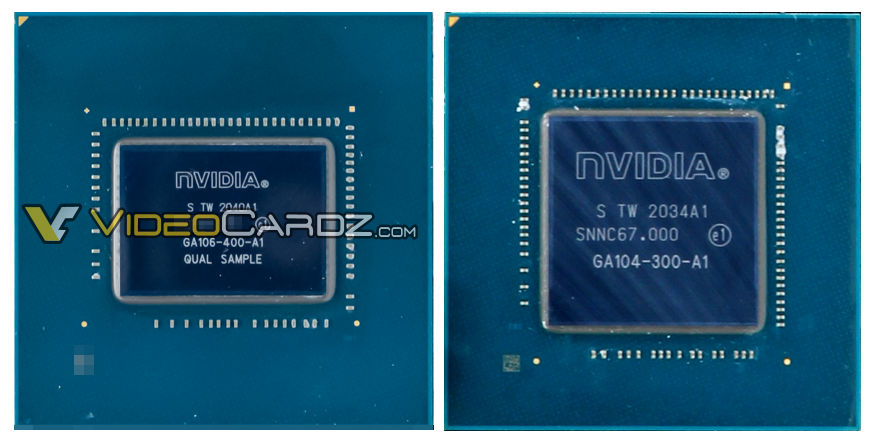Even at its $250 MSRP the 3050 doesn't look like a particularly great value compared to what last-generation cards launched for. Performance-wise, it will likely be comparable to a 1660 SUPER in most games, but the 1660 SUPER launched at a lower $230 MSRP back in 2019. It does add some amount of RT capability and a bit more VRAM for its higher MSRP, but it's questionable how usable RT will be on a card that has less graphics-processing power than the 3+ year old 2060. There are a few examples of games that can choke on the 2060's 6GB of VRAM, but raytracing on the 2060 was barely useable at low resolutions even when the VRAM limitations weren't a concern, and that's only likely to get worse as games become more demanding.
I suppose the 3050 does have DLSS going for it, which should at least give it an edge at upscaling compared to the 1660 SUPER, but it would have been a more attractive package had it at least matched the 2060 in terms of overall performance. I suppose mediocre value should be expected given what crypto has done to the graphics card market though. And of course, it will likely be difficult to get these cards even at their somewhat mediocre suggested price for a while.
And while Nvidia likes to shift around product names to attempt to make generational performance gains appear larger than they really are, this card should absolutely not be directly compared against their prior "x50" cards. In terms of power draw and price point, this is absolutely a successor to the 1660-series, even if its more of a side-grade outside of the addition of RT and DLSS, much like what we saw a few years back with the launch of the 20-series at the higher-end.


